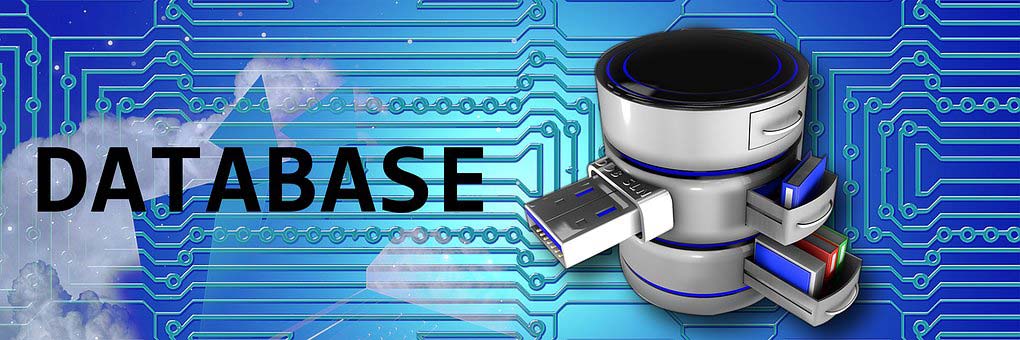
Microsoft SQL Server Database Advantages And Best Practices
Microsoft SQL is a popular Relational Database Management System (RDBMS) developed by Microsoft. Being a database server, its primary function is to store and retrieve the data as and when requested by other software applications. Administering Microsoft SQL server database can help you optimize as well as maintain your server’s performance while ensuring its recoverability and availability. In this blog post, we will explore the advantages and best practices associated with MS SQL.
Advantages of MS SQL
Installation Is Streamlined
It can be installed via a setup wizard and the prerequisite updates are detected and downloaded by the installer automatically. The complexity of installing the software is minimized significantly because of automatic installation of updates. Other components such as analytical and database services can be installed separately afterward. Automatic updation also reduces maintenance costs quite significantly.
Security Features Are Better
SQL Server 2008 uses Policy-Based Management to detect security policies that are non-compliant. This feature allows only authorized personnel access to the database. Security audits and events can be written automatically to log files.
Enhanced Performance
The MS SQL server has built-in transparent data compression feature along with encryption. Users don’t need to modify programs in order to encrypt the data. The MS SQL server has access control coupled with efficient permission management tools. Further, it offers an enhanced performance when it comes to data collection.
Lower Cost Of Ownership
SQL server includes effective data management and data mining tools along with disk partitioning. Your server’s optimum maintenance can be ensured by following effective data management practices. These practices also help you ensure the availability and recoverability of data.
Become a certified SQL Guru with QuickStart. Start your 7-day free trial and get a complete command on analyzing, designing, developing, querying, implementing, or administering on SQL databases.
Best Practices for Microsoft SQL Server Database
It’s Important To Maintain An Environment That’s Standardized
It’s always advisable to standardize your SQL server’s configurations. It’s good to keep your server and VM configurations as coherent as possible. You should also try to keep your database management plans and SQL Agent jobs pretty much the same. Maintaining consistency would minimize the complexity of operations.
Your Database Servers Should Be Dedicated To The SQL Server
It’s important for your SQL server instances to run on a dedicated server. A user needs to constantly check no other application such as print services or file running on the system simultaneously with your SQL server instances. Likewise, it’s always advisable to not run multiple server instances on the same server.
Efficiently Manage Your Log And Data Files
AUTOGROW should be enabled on your log and data files. Similarly, it is important for AUTOSHRINK to be turned off. It is recommended to create your data and log files with enough space in order to reduce the possibility of AUTOGROW events.
Follow The Least Privilege Security Principle
It’s important to understand that only the required security permissions should be given to the user. Don’t give developers administrative permissions. It has been recommended by MS that SQL server services are run using a domain account. A user should always be sure to give his SA account a strong password.
Always Test Your Backup Plans Before Implementing
If you want to restore your data to a given point in time, you need to be sure that you are using the bulk of full recovery models for your databases. It would be a good idea to perform full backups on a daily basis on all your user production and system databases. Most big businesses perform full log file backups at regular intervals throughout the day. If your businesses’ database uses the full recovery model, then it’s advisable to back up the transaction log in order to maintain its size. You should also make it a habit to perform test database restores to make sure they are working.
Use Verification Options
Always use verification options given to you by the backup utilities such as a TSQL BACKUP command, solutions to your backup software. It is also suitable to use advanced features like BACKUP CHECKSUM in order to keep track of problems related to media backups.
If you want to become an SQL expert, you should try taking a course in Administering Microsoft SQL server database. The course acquaints you with the need to authenticate connections to SQL Server and authorizing logins to access databases.
For further discussion and guidance on SQL careers and jobs, connect with one of our experts.
Top Courses in Application Development
-

Creating A SQL Database and SQL Server on the Azure Portal
Intermediate5.0On Demand -

SQL Server Core 2016
Intermediate On Demand -

SQL 2014 Developer P1: T-SQL and .NET Code
Intermediate On Demand -

SQL 2014 Developer P2: VS 2012 and Data Types
Intermediate On Demand
